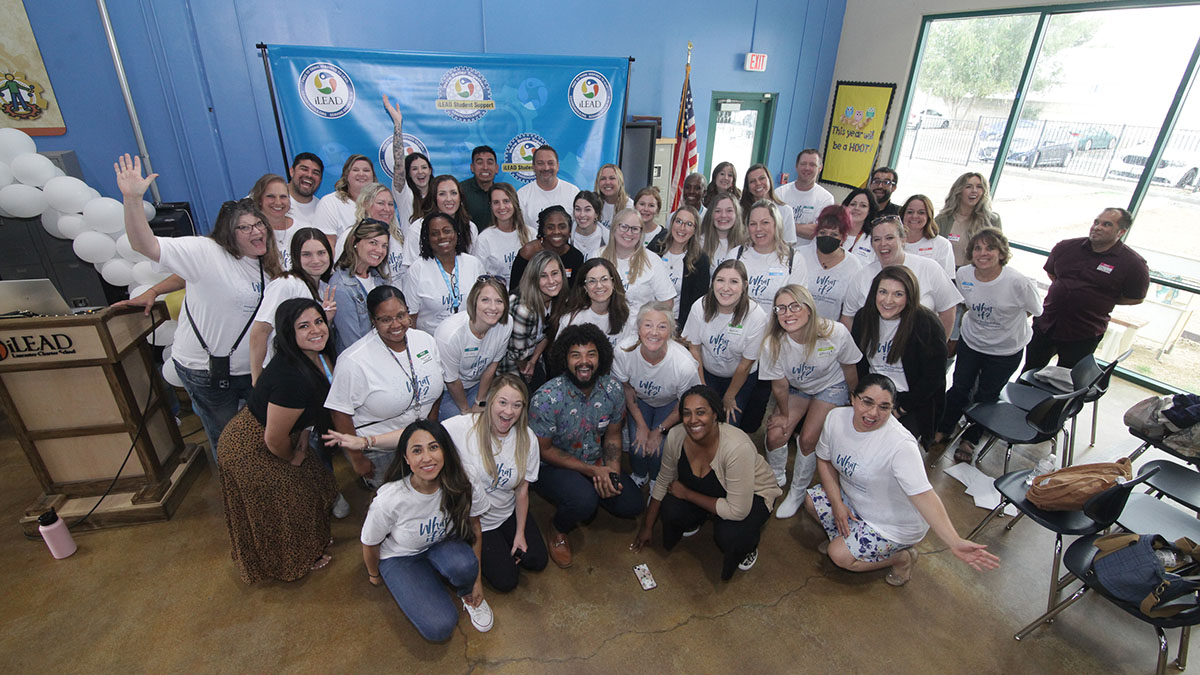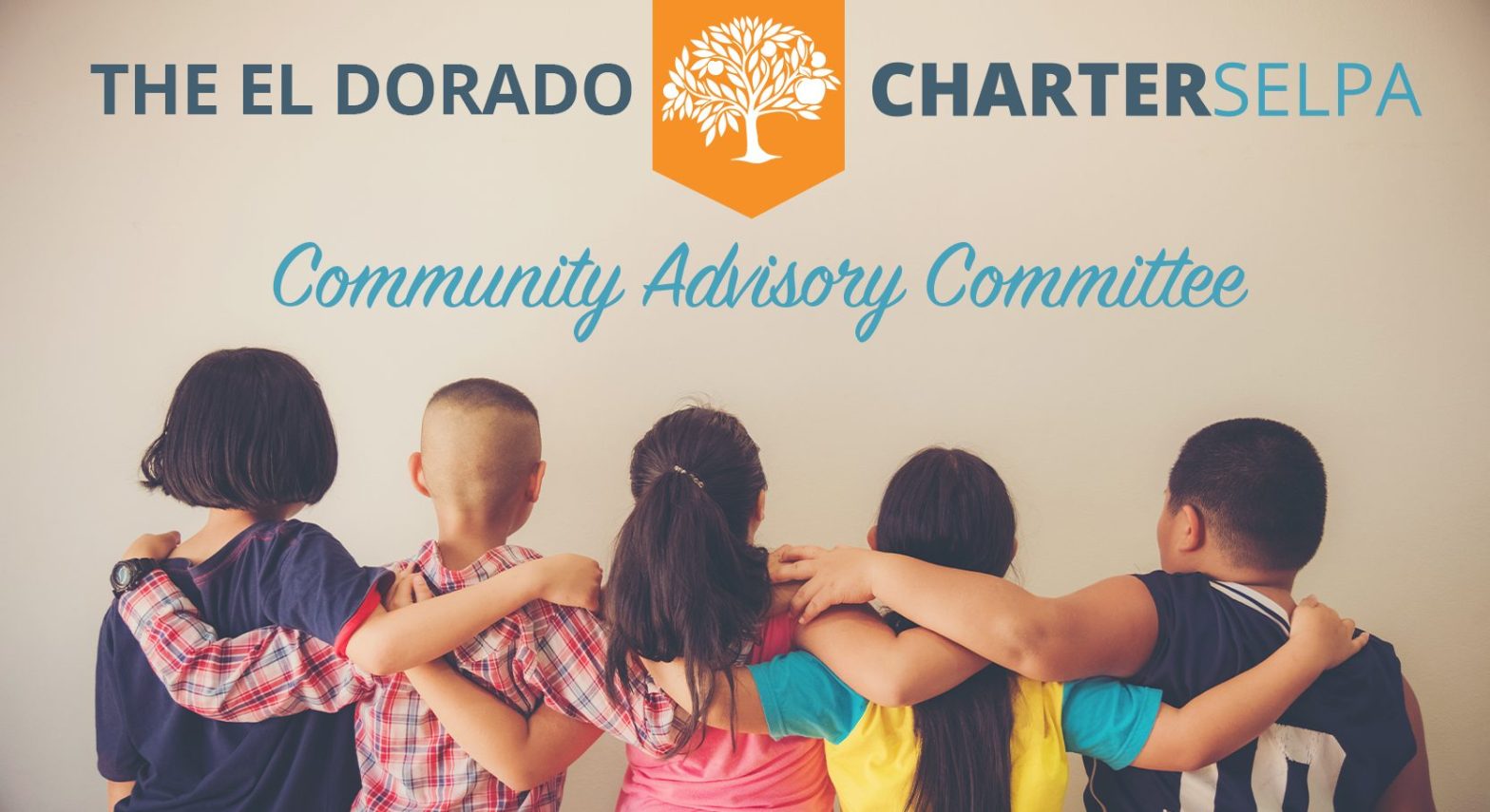In the 1930’s Orton-Gillingham was created as an approach to reading instruction to readers with “word-blindness”. Today the approach has been designed to combine direct, multi-sensory teaching strategies paired with systematic, sequential lessons focused on phonics.
Today learners across the iLEAD landscape are using the Orton-Gillingham approach to help them learn to read.We are thankful to have two wonderful instructors of OG share a little bit of their background and experience with working with OG. Laura Sherwin Rittenhouse has worked for iLead for over 5 and a half years and Rebecca Brower has been with iLEAD for two years.
Laura Sherwin Rittenhouse Rebecca Brower


Experience:
Laura Sherwin Rittenhouse: I have been teaching for over 20 years. I received my Multiple Subjects Teaching Credential and began my career teaching in the classroom. After having my 4 children, I took a break from teaching to raise them. During that time period, I became part of a homeschooling community and began homeschooling my own children for 10 years. I started teaching in the classroom again as my children grew older, however, I really missed teaching in a homeschool environment. A friend of mine suggested I teach for iLEAD Exploration because of my passion for homeschooling. I was hired as an EF in 2018 and truly loved all the families I served. A year ago my husband changed jobs which required us to move to Northern Virginia. That is when I made the switch from the general education side of iLEAD Exploration to the SPED side. I began working on the Care Team last year and became certified as an Orton Gillingham instructor. I am thrilled to still be with iLEAD! I love doing SAI sessions with learners and helping them achieve their goals.
Rebecca Brower: I love the special education field and I have been teaching special education for the past 17 years. I have taught the mild/mod and the mod/severe programs in many diverse areas including the virtual environment. I have devoted my career to education working my way to completing my doctorate degree in 2020.
Explain OG in your own words:
Laura: Orton Gillingham approach of teaching is intentionally focused on the learning needs of each individual student. It is structured and multi-sensory, the lessons build upon each other and the pacing of the lessons is dependent upon each student’s strengths and weaknesses. OG is a powerful tool that has helped so many students become confident readers.
Rebecca: The Orton-Gillingham reading program is a multi-sensory reading intervention that focuses on phonic skills, rules of decoding, encoding, and non-phonic words. The OG program is designed to develop phonemes skills for reading and spelling, with the opportunity to practice these skills within auditory, blending, and visual drills. Unlike other reading interventions, OG incorporates nonsense words for extra decoding practice, has the opportunity to develop sentence writing, and reading comprehension skills.
What about OG excites you the most?
Laura: That even those learners, no matter the age, can become confident in their abilities. I have personally witnessed students that are discouraged and struggling with their reading and writing skills soar in their abilities after only a few months of OG instruction. As a teacher nothing gives me more joy than seeing my struggling learners become confident readers.
Rebecca: With the use of OG, I have seen so many non-readers become successful readers within a short period of time. I am also excited to see how elated learners are when reading “clicks” for them when using this program.
What are the benefits of OG for struggling readers?
Laura: OG is beneficial to learners because students learn to read and spell sequentially. Each lesson builds intentionally on the previous, so there are no gaps. It is explicit in teaching students the connection to letters and sounds. The OG method helps struggling readers transition from simple concepts to more complex ones. The OG method is also cumulative, with consistent and constant review.
Rebecca: OG is a multi-sensory reading program designed for all types of learning styles. After a learner has developed basic alphabet recognition and letter sounds, the program is scaffolded to build upon each phoneme and rule for reading and spelling. OG also permits multiple reviews of phonemes rules for additional practice and does not take a large amount of time to complete each lesson.
What does an OG virtual classroom look like?
Laura: In my virtual sessions we always begin with an activity that the student was struggling with from the last session. We then move on to the lesson which is presented on a google slide show. The learner first reviews the concepts that were taught in the last two sessions. We then go through a visual drill where the student says the sounds of the letter(s) they see. Next, is the auditory drill where I say the sound(s) of the letter(s) and the student repeats the sound(s) and writes the letter(s) I am saying. The last drill is the blending drill, this is where the students are able to use all their previous knowledge to sound out words. The next part of the lesson is to introduce a new phoneme or rule that is connected to something they have already learned. The new concept uses reading and writing to reinforce the concept. The last part of the lesson focuses of red words, those are words that don’t follow rules of the English language. The red words need to be memorized and a multi-sensory approach to the learning of these words is very important.
Rebecca: The OG virtual classroom looks similar to an in-person classroom. Each lesson is taught by a certified OG teacher, with the support of OG slides and visuals. All lessons are presented in digital format. The learners are able to write on paper, dry-erase boards, or the instructor’s screen. Each lesson follows the same routine, including reviews, drills, the introduction of new phonemes, and non-phonic words.
What is one thing that sticks out the most with your time teaching OG?
Laura: How important it is to make the session time a safe and comfortable space. The student. needs to feel supported and cared for to get the most out of the sessions. It is also important that students attend every session, it is difficult for growth when a learner is not consistently attending their sessions.
Rebecca: I have used several multisensory reading interventions over the years and OG is the only one that truly embeds a review of all previous taught word patterns. This allows learners to practice these skills for mastery.
Anything else:
Laura: That it is never too late to use the OG approach to help anyone who struggles with reading and writing!
Rebecca: OG is not just for learners who have identified with an area of disability. It can be used with any learner who may need some additional intervention.
These two are just a few in a handful of wonderful instructors we have available for OG instruction with iLEAD. Thank you both for doing an amazing job and changing lives one day at a time.















 Laura Mattie
Laura Mattie